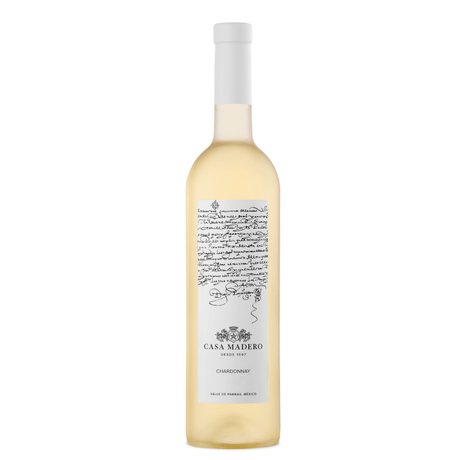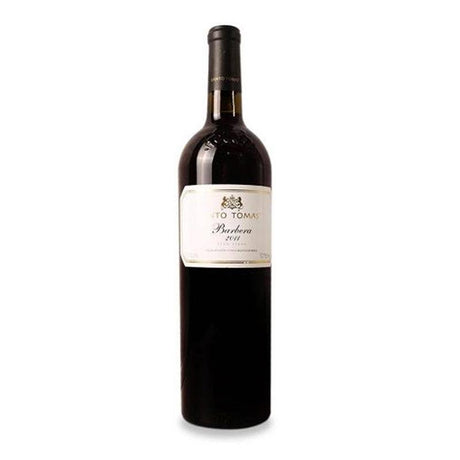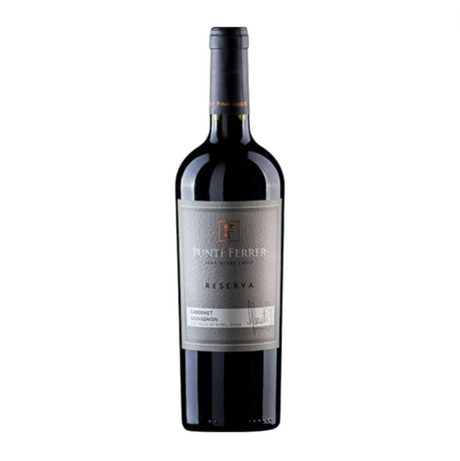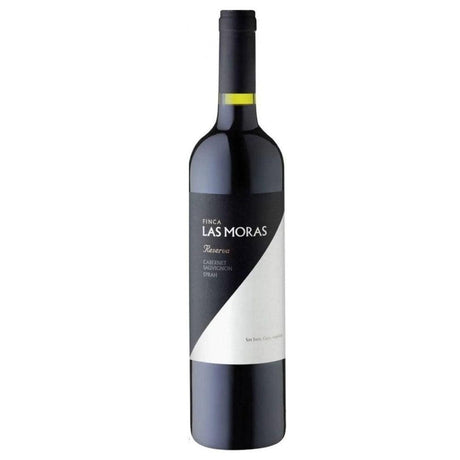![]() A mystery with history and tradition
A mystery with history and tradition
You've probably wondered this more than once: why do almost all wine bottles have a capacity of 750 milliliters and not 1 liter , as would be more logical or practical?
Behind this measure lie centuries of history, winemaking tradition, and even logistical and scientific reasons that defined the standard we all know today in the world of wine.
Origins: from the glassblower to international trade
The story dates back to the 17th and 18th centuries, when wine began to be mass-marketed and blown glass bottles became the most common container.
At that time, bottles were handmade , and the capacity depended on the amount of air the craftsman could blow in a single attempt.
The resulting average was between 700 and 800 ml , a measure that was soon standardized for simple practicality: the blowers could maintain a more homogeneous production and the winemakers a better preservation of the wine.
British influence and trade with France
Another decisive factor came from 18th-century England , the main importer of French wines.
The English traded using the imperial system (gallons), while France used liters.
The trade agreement established a practical equivalence:
1 imperial gallon ≈ 4.5 liters = 6 bottles of 750 ml.
Thus, each box of wine contained six bottles , totaling a full gallon, which facilitated transport, tax calculation, and trade between the two countries.
This logic was so efficient that it ended up becoming institutionalized throughout the world of wine .
Oenological and practical reasons
Beyond the historical aspect, there are technical reasons that justify the 750 ml measure:
-
Controlled oxidation: a bottle of that size allows the amount of air between the cork and the wine to be ideal for its evolution without excessive oxidation.
-
Ergonomic handling: It's a comfortable size for both serving and storing. A 1-liter bottle would be heavier and more difficult to handle.
-
Tasting and serving performance: 750 ml yields about 5 standard 150 ml glasses , the perfect amount to share a bottle between two or three people without waste.
-
Aesthetics and balance: the classic bottle design (Burgundy, Bordeaux or Rhine) looks proportionate to this capacity.
The modern era: standardization and exceptions
In 1979, the European Economic Community (now the European Union) officially adopted the 750 ml format as the international standard for wine, later followed by the United States and other producing countries.
However, there are alternative formats that have their own charm:
-
Magnum bottle (1.5 L): ideal for aging, as the wine evolves more slowly.
-
Demi Bottle (375 ml): perfect for half-occasion or for sweet wines.
-
Jeroboam bottle, Methuselah and other large ones: used in celebrations or collections.
Today, although 750 ml remains the norm, the wine world continues to experiment with sizes, materials and closures, always seeking a balance between tradition and modernity.
Interesting facts you may not know
On average, one bunch of grapes produces one glass of wine , so a bottle requires between 4 and 6 bunches .
-
The 750ml format also makes storage and transport easier , as 12 bottles fill almost exactly a standard 9-liter box, optimizing space and weight.
-
Larger bottles (Magnum or larger) promote preservation , as the wine ages more slowly and harmoniously.
The 750ml bottle is no coincidence: it represents the balance between practicality, technique and cultural heritage .
From 18th-century glassblowers to the most modern wineries, this measure has proven to be ideal for preserving, serving, and enjoying wine at its best.
So the next time you uncork a bottle, remember that every milliliter tells a story that has been perfected over more than 300 years. Discover our wine collection at Vinos Tintos – Vinosylicores.com










